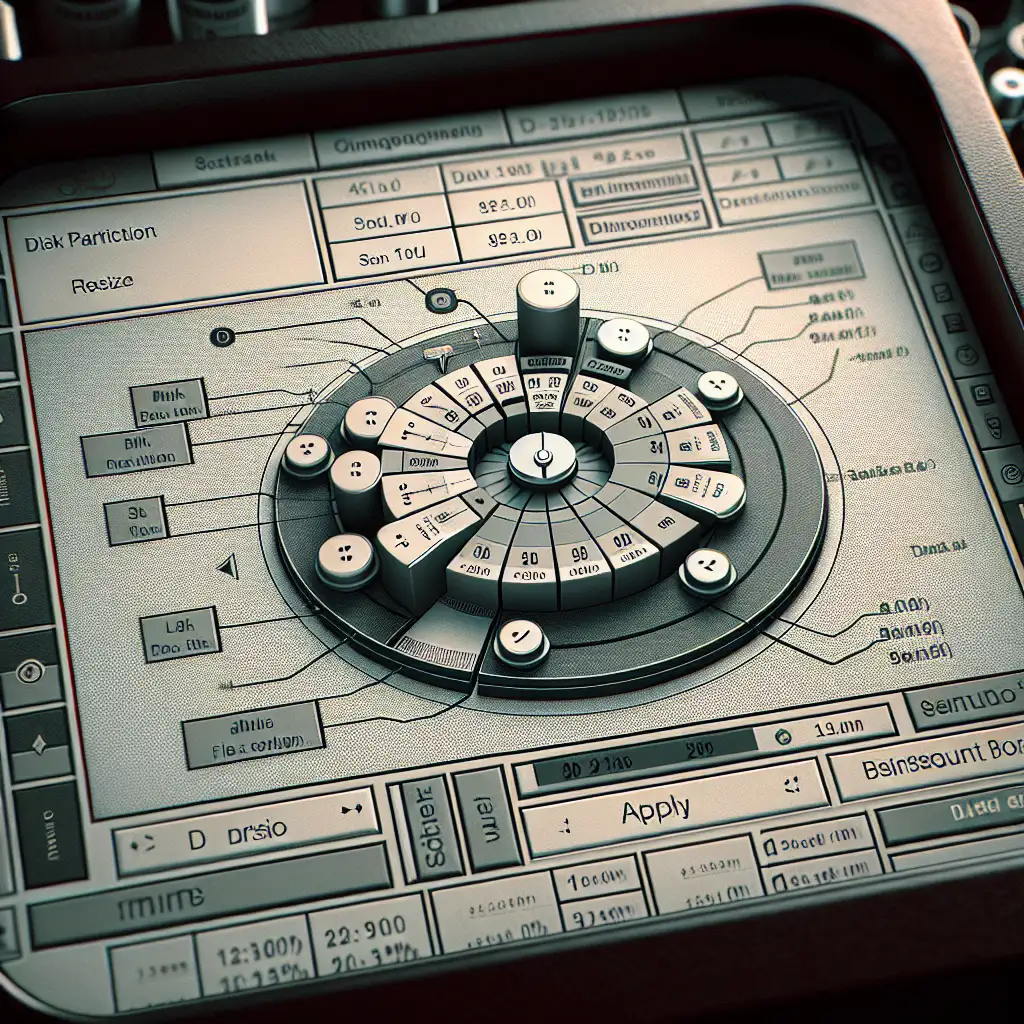Mastering GParted: How to Safely Resize and Manage Disk Partitions
Overprovisioned Windows install? Multi-boot prep? Data volume creeping towards the capacity cliff? Mis-allocated disk partitions are a persistent operations headache. GParted (GNOME Partition Editor) provides a reliable, transparent way to reconfigure disk layouts—on both workstations and servers—minimizing downtime and data risk.
Partitioning means rewriting the map between your data and the physical device. Do it wrong, lose a filesystem. Do it carelessly, risk silent corruption later. GParted addresses these risks with explicit previews, rollback options (where possible), and thorough verification steps.
GParted: A Disk Engineer’s Perspective
GParted isn’t just another GUI disk utility. It’s a dedicated partition editor supporting a wide range of filesystems, including ext4, NTFS, FAT32, btrfs, HFS+, and XFS (filesystem support varies with version and loaded kernel modules). The tool is most often deployed on standalone rescue media—GParted Live—to guarantee that target partitions aren’t busy.
Key feature: the actual disk writes are only performed when you explicitly approve a series of queued changes. This prevents “accidental apply” disasters that plague many tools.
Preparing for Partition Work: Boot from GParted Live
Scenario: Windows 10 Pro, single 1TB NVMe disk, requirement to split space for Linux dual-boot. Pre-installed GParted on Ubuntu 22.04 works for data-only or removable drives, but never trust in-use system partitions.
Recommended practice:
- Download the GParted Live ISO (e.g.,
gparted-live-1.6.0-6-amd64.iso) from the official site. - Write it to a USB stick using
dd(Linux/macOS) or Rufus (Windows). - Boot target system from this USB.
- When prompted, choose the default graphical environment.
Gotcha: Some UEFI systems require Secure Boot to be disabled for live images to load.
Inspecting Disk Topology
Once loaded, select the correct device from the drop-down (e.g., /dev/nvme0n1, /dev/sda). GParted maps all partitions, flags, file systems, and free space with a graphical chart. Typical output:
/dev/nvme0n1
Partition File System Mountpoint Size Used Flags
---------------------------------------------------------
/dev/nvme0n1p1 ntfs 900GB 350GB boot
/dev/nvme0n1p2 ntfs 100GB 42GB -
Side note: Firmware or recovery partitions are often shown but should not be modified unless you know the OEM-specific implications.
How-To: Shrink a Partition to Reclaim Space
Objective: Reduce 900GB primary NTFS partition to 450GB, allocate new space for ext4.
Procedure:
- Backup: Use
robocopy(Windows) orrsync(Linux/macOS) to external storage. Imaging withClonezillais preferable for disaster recovery. - Select
/dev/nvme0n1p1and verify its filesystem status. - Unmount:
- If the “Unmount” option is greyed, it’s already safe.
- If not, resolve automount issues first.
- Filesystem Check:
- Right-click >
Check. GParted will runntfsresize --checkor corresponding tool. - Corrects orphaned inodes and ensures metadata is clean. Otherwise, operation will be blocked with errors such as:
NTFS is inconsistent. Run chkdsk /f on Windows then reboot it TWICE!
- Right-click >
- Resize/Move:
- Right-click >
Resize/Move. - Enter new size (e.g.,
450000 MB), or drag slider. - Review the free space boundary; ensure you don’t cut into actual data.
- Right-click >
- Queue and Apply:
- Operations are staged until you click the green checkmark (
Apply All Operations). - Progress is shown per-action; e.g., “Moving cluster from 0x13f70a0 to 0x99fad200”.
- Larger partitions can take hours (especially on mechanical drives), and abrupt power loss here = bricked partition.
- Operations are staged until you click the green checkmark (
- Final check:
- After resizing, run “Check” again. Unexpected results or mount failures indicate the need to revert from backup.
Create a New Partition
Unallocated space appears adjacent to the resized partition. To allocate:
- Right-click unallocated region >
New - Choose type (typically
Primaryfor most OS installs), filesystem (ext4,xfs, etc.), label, and size. - Advanced users: Set alignment to
MiBfor SSDs (prevents performance degradation). - Apply operation.
- Format is performed automatically, but verify after creation with “Information”.
Known issue: Some operating systems (Windows 10/11) can randomly create additional “Recovery” partitions. Don’t delete unexplained small partitions unless you’ve analyzed their function.
Additional Best Practices & Risks
- Encrypted containers (BitLocker, LUKS, VeraCrypt) must be decrypted prior to any size change. Failure to do so leads to unrecoverable volumes.
- Hardware RAID controllers can mask the true geometry from GParted. Use the RAID utility for modifications, not GParted.
- For filesystems like btrfs or LVM, use their native tools (
btrfs filesystem resize,lvresize), then resize block partitions only if absolutely necessary.
Tip: Always verify with smartctl or badblocks before trustingly resizing on an aging disk—bad sectors can spell disaster mid-resize.
Dual Boot Reconfiguration Example
Blueprint: Windows occupies the full NVMe. Target state: 450GB Windows + 450GB Linux (ext4) for root + 16GB swap.
Execution:
- Boot GParted Live.
- Shrink Windows NTFS partition (
/dev/nvme0n1p1) to 450GB per above process. - Create new partitions:
- 450GB ext4 (
/dev/nvme0n1p3) - 16GB linux-swap (
/dev/nvme0n1p4)
- 450GB ext4 (
- Apply all changes, verify layout.
- Continue with Linux install, select partitions manually during setup.
Failure scenario: If resizing fails partway, Windows will typically blue screen on boot (INACCESSIBLE_BOOT_DEVICE). Only a solid backup limits the pain here.
Side Note: CLI Alternatives
GParted is ideal for graphical workflows. For scripted, repeatable operations (automation, CI/CD VM provisioning), consider parted, sgdisk, or fdisk:
sudo parted /dev/sda resizepart 2 300GB
But beware, these tools offer minimal guardrails.
Summary
GParted, when paired with bootable live media, remains the safest method for resizing, moving, or creating partitions on active filesystems—especially system or boot volumes. The preview-and-apply model exposes exactly what will be written, reducing human error.
Don’t skip pre-flight checks, ensure clean power, and always—no exceptions—have a recent image backup. For advanced scenarios (e.g., resizing live LVM, RAID arrays), GParted isn’t always the right fit; defer to native tooling.
Questions or need a walkthrough on partition table repair, migration strategies, or handling GPT anomalies? Share specifics. The right approach depends on your storage stack.
